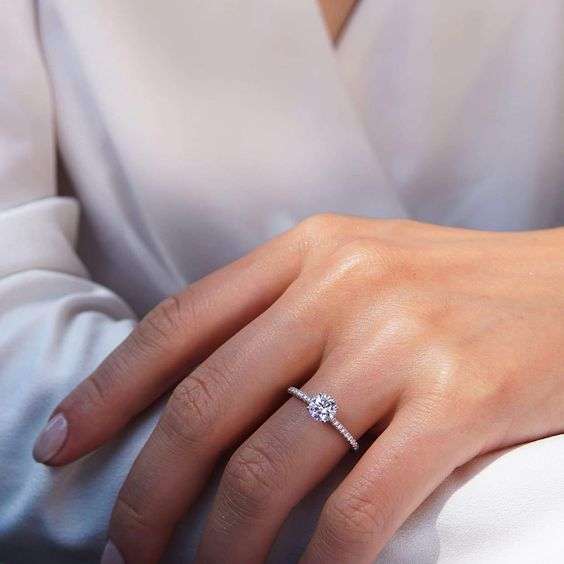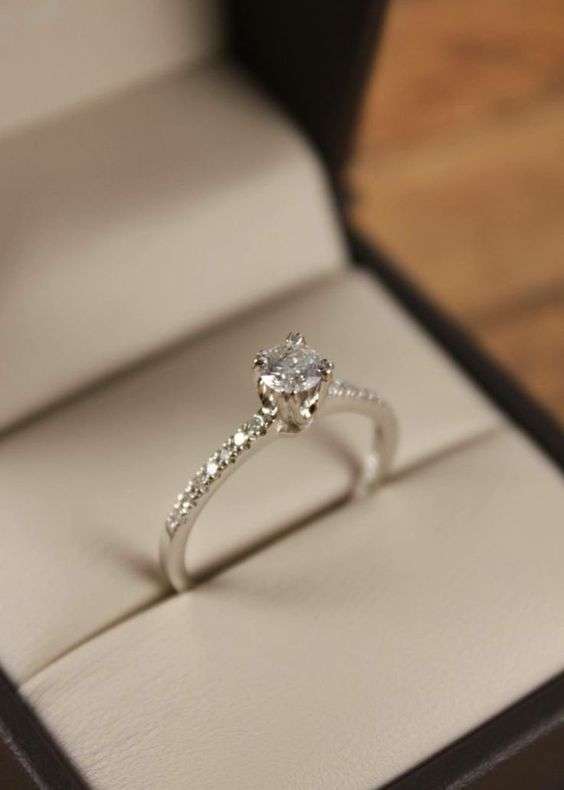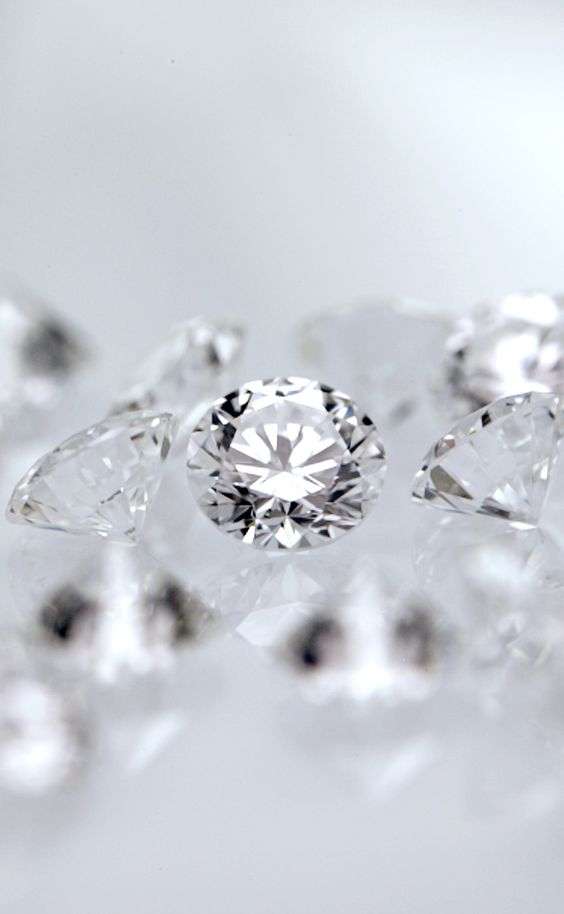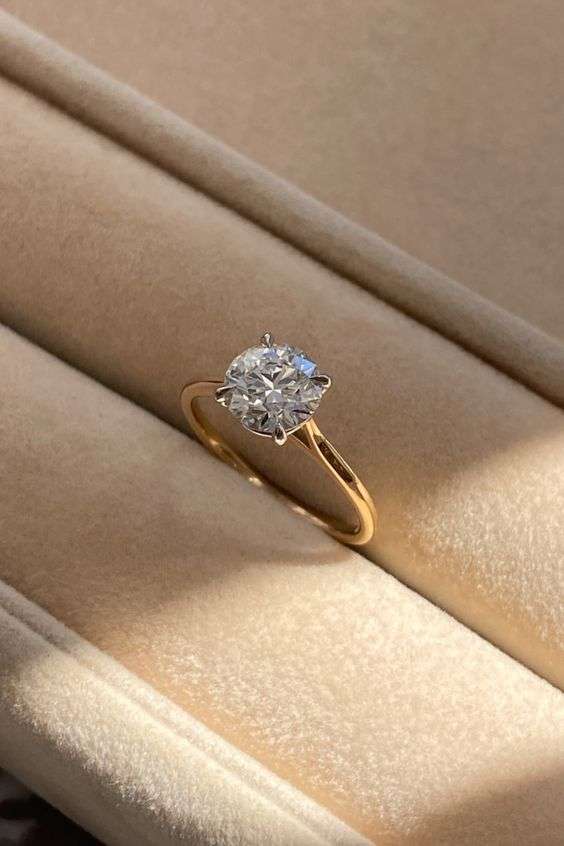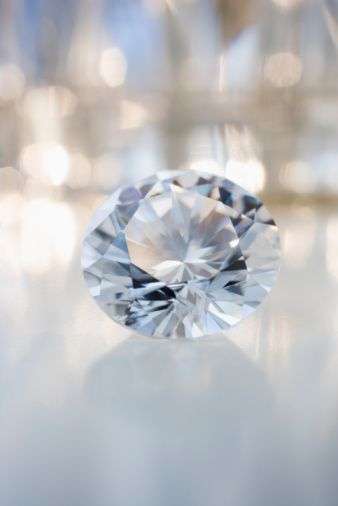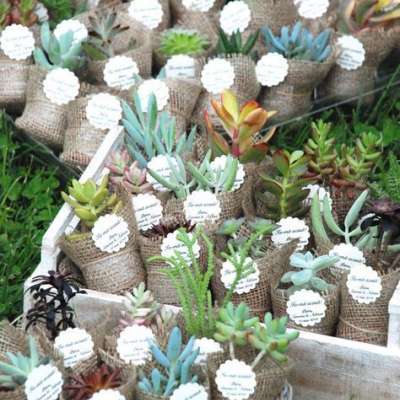A Guide to Lab-Grown Diamonds
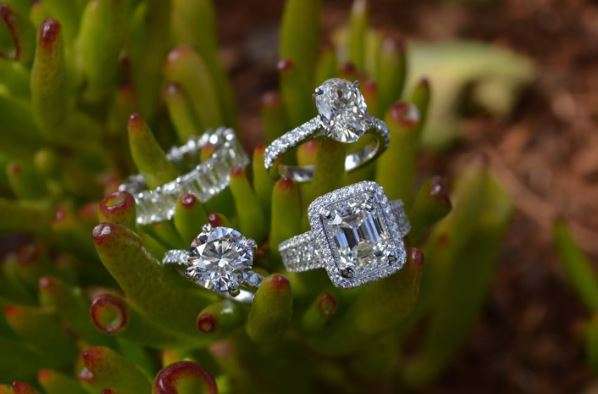
Ancient Romans and Greeks considered diamonds tears of their weeping gods. That's why they're valuable. Some also believed that Cupid put diamonds on his arrows, which explains the connection between this gem and the concept of undying love. Whether or not you agree with these ancient beliefs, you can't deny that almost everyone loves to be bejeweled by these stones.
The supremacy of diamonds, among other gems, comes with a trade-off — its hefty price tag. The purer and rarer the rock, the pricier it becomes. According to Tiffany & Co.'s diamond grader, Hannah Jee, a stone with a poor clarity score has multiple inclusions directly affecting the stone's sparkle.
Since these inclusions hinder light's return and refraction, the diamond will appear cloudier. This appearance gives the stone a lower clarity grade.
If natural diamonds are pricey because they're valuable, does this mean synthetic diamonds are inferior because they're cheaper? No, definitely not. Clear evidence of the latter's value is its insurability. Can you insure a lab-grown diamond? Yes, you most definitely can. Even better, you can save money on this stone's annual premium because of the insurable piece's lower overall cost.
Are there alternatives to natural diamonds?
Diamonds may be every woman's best friend, but they're not friendly to your bank account. If you plan to propose to your significant other or shop for wedding rings, you might want to consider a more affordable alternative to natural diamonds — lab–grown diamonds.
It's understandable why you're hesitant to buy a lab-grown diamond. Since it's cheaper than traditional diamonds, people immediately think these stones' quality could be better. This assumption is entirely false.
These diamonds are similar to natural diamonds. These stones come in different shapes, weights, carats, and colors. They are a great option if you're looking for a bigger yet less expensive ring.
Lab-grown Diamonds: What are they?
Lab-grown diamonds are also known as cultured, cultivated, artificial, synthetic, and lab-created. They are artificial varieties that mimic natural diamonds. It consists primarily of carbon atom structures, which explains why it shares similar optical and chemical characteristics with geologically produced natural diamond crystals.
An excellent example of this diamond type is James Allen's 2.71ct lab-created stone. It's undoubtedly stunning. However, there's more to consider than mere visuals when looking at the value and prices of lab-made diamonds.
Are lab-grown diamonds different from natural ones?
The only difference between natural diamond crystals and lab-made ones is how they are created. The former forms in the earth's mantle when immense pressure and heat mesh and bond the stone’s carbon atoms. Because of these gems' durability, stunning beauty, and limited quality, they have been tagged as the world's most precious stones.
On the other hand, lab-made diamonds are manufactured and created after replicating the natural diamond-making procedure. While it takes millions of years, intense pressure, and heat to create a natural diamond, it only takes a few weeks to make synthetic ones.
A tiny diamond known as the "diamond seed" starts the manufacturing process. A special chamber mimicking conditions in the earth's crust trap these seeds. This process is called High Pressure-High Temperature (HPHT).
Chemical Vapor Deposition (CVD) will then introduce different chemical gases break down and harden the stone into tiny crystallized carbon atoms. After HPHT coats the seed in pure carbon, it will transform into a cultivated one with chemical components similar to a natural diamond crystal.
What are the reasons behind lab-made diamonds' rising popularity?
Despite some diamond lovers' opposition to this stone's synthetic counterpart, there's no denying that many people recognize its value. Here are a few of the reasons for this preference change.
Affordability: Lab-grown diamonds could be 50% cheaper than natural diamonds of the same size. For most buyers, price is the primary reason they go for synthetic diamonds. You can get a bigger stone for less.
Looks like the real thing: It's not settling for less. When you have the money for a natural diamond and want it for your loved one, go for it. However, lab-made ones are your best bet if you're looking for an affordable gemstone that looks like natural diamonds. Then again, when you choose this route, you need to manage your expectations. People who are familiar with natural diamonds can tell the difference.
Ethical and sustainable creation process: Diamond mining issues include child labor, forced relocation of local communities, and ecosystem collapse. Apart from these, earnings from diamond mining funded African wars, which is why this industry is fraught with ethical and humanitarian issues.
You'll also need to move a massive amount of dirt just to mine a single diamond. This act adversely affects plant and animal habitats while also seriously damaging their established ecosystems.
The United Nations (UN) developed the Kimberley Process to prove that each diamond is ethically sourced. This process requires diamond miners and sellers to get a certificate confirming that the stones in their possessions are conflict-free. Therefore, the seller must continuously certify the gemstones when mined, cut, polished, and sold.
However, the loopholes in the certification process make it hard to ensure that what you buy is not illegally sourced. You won't have this problem when dealing with lab-grown ones. You know precisely how its maker made it, and you're sure that only a tiny environmental impact is involved.
Also, you don't have to undergo the certification process with lab-grown diamonds. Buying lab-grown ones is indeed more hassle-free.
These advantages clearly explain why lab-made diamonds are more in demand now. Whether on a budget or making a stand as an environmental advocate, these stones are your best bet. These synthetic gemstones may not have the same investment value as natural diamonds, but they're equally beautiful.
You Don't Have to Break Your Wallet to Prove Your Undying Love and Commitment
A natural, rare diamond may sweep your significant other off their feet. But don't let your budget get in the way of true love.
You can still express your love and commitment with a more affordable diamond alternative. What truly matters is the message and promise of loving and caring for that person "in sickness and health, till death do you part."
At the end of the day, what's in your heart matters more than what's in your bank account.


